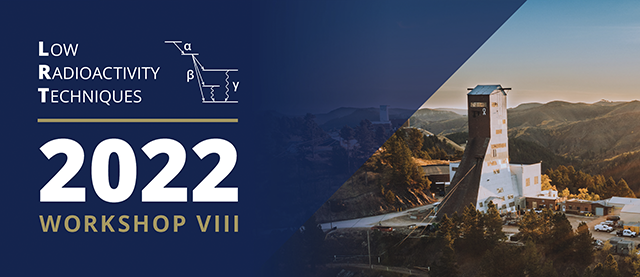Speaker
Description
Next-generation experiments searching for rare events must satisfy increasingly stringent requirements on the bulk and surface radioactive contamination of their active and structural materials. The measurement of surface contamination is particularly challenging, as no existing technology is capable of separately measuring those parts of the 232Th and 238U decay chains that are commonly found to be out of secular equilibrium.
We will present the results obtained with a detector prototype consisting of 8 silicon wafers of 150mm diameter instrumented as bolometers and operated in a low-background dilution refrigerator at the Gran Sasso Underground Laboratory of INFN, Italy.
The prototype was characterized by a baseline energy resolution of few keV and a background of ~60 nBq/cm2 in the full alpha range, obtained with simple procedures for the cleaning of all employed materials and no specific measures to prevent recontamination. Such performances, together with the modularity of the detector design, demonstrate the possibility to realize an alpha detector capable of separately measuring all alpha emitters of the 232Th and 238U chains, possibly reaching a sensitivity of few nBq/cm2.

